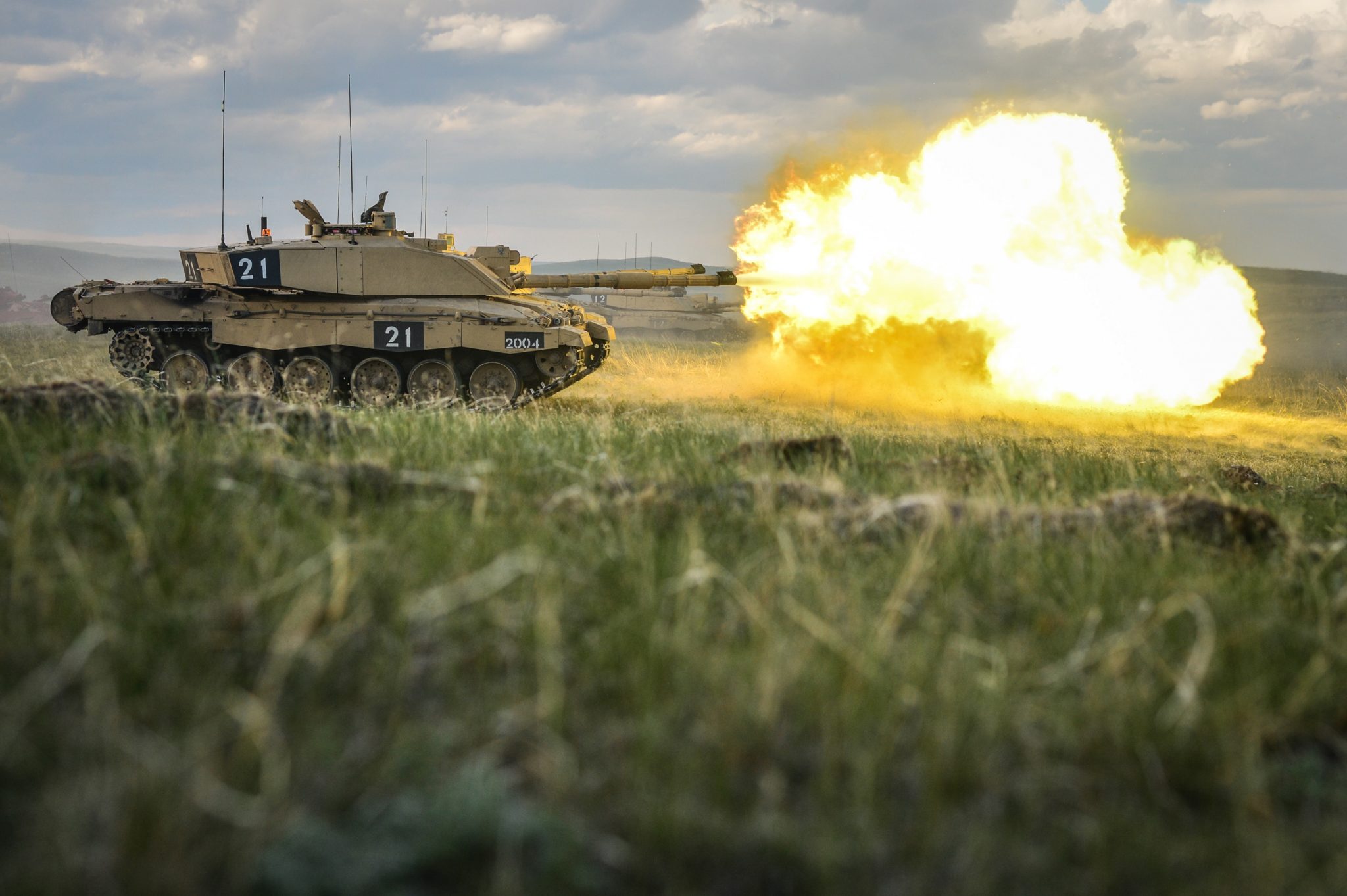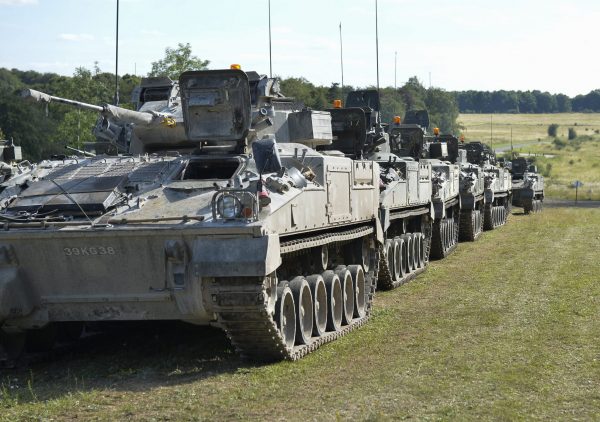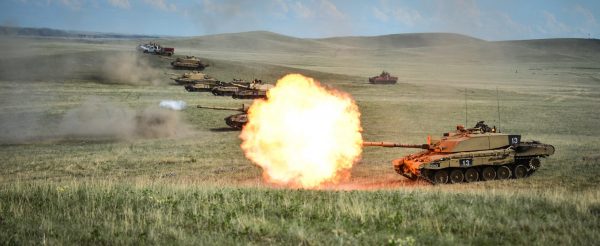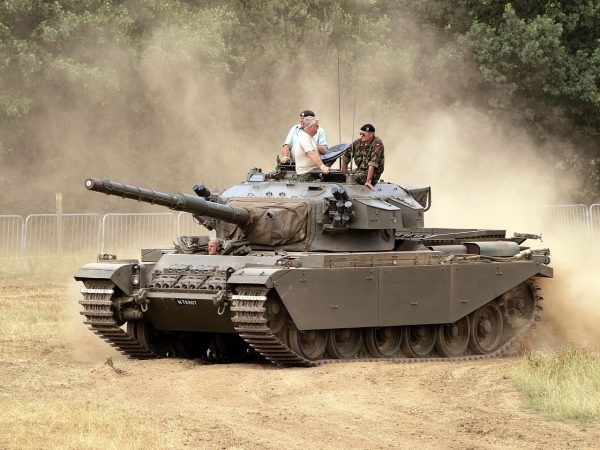British Army Not Scrapping Tanks Per Defense Secretary

A report by the London Times that the British army is getting rid of all of its tanks has the defense secretary, Ben Wallace, clarifying the military’s position on the armored vehicles.
According to the Times, the cost of maintaining the aging tanks was too high and modernization efforts would send them to the scrap heap. Wallace confirmed that older tanks will be scrapped as they become obsolete due to newer technology.
“The idea that tanks won’t be there for the army, upgraded and modernized, is wrong,” the secretary told the BBC during a trip to Qatar.
The Times said that the decision to stop using tanks would be part of a review of the British defenses which is scheduled to be published in 2021. The review is the largest assessment of British foreign policy since the Cold War ended.

Wallace went on to say that they would make sure the British armed forces are prepared to meet the UK obligations to NATO and elsewhere. Not only would tanks remain a part of the British military but they would be “up to date, lethal and defendable.”
The UK has 227 Challenger 2 tanks which are twenty years old and at the end of their lifespan. The amount deployed in the field is thought to be half of that amount.

Britain invented the first tank, known as “Little Willie.” They were produced in 1915 but never went in to combat. The Little Willie was followed by the Big Willie and Mother.
The first British tank to see combat was the Mark I which had two variations. One had two 6-pounder guns and three 8mm Hotchkiss machine guns. The other had four 0.303 Vickers machine guns and one Hotchkiss.
In World War II, the British came out with their first tanks designed for infantry, the Matilda I and II. The first was armed with a machine gun and the second with a machine gun and a QF 2-pounder anti-tank gun. These two tanks were followed by the Valentine and the Churchill.
The Valentine was too small to be very effective. The Churchill had to overcome some early mechanical issues but became known for its excellent distribution of weight and its stability in movement.
Later in the war, the tanks were given more powerful engines which enabled them to move more quickly while carrying bigger guns and heavier armor.

The Centurion came at the end of the war. It became the primary tank of the British military in the post-war period. It first saw combat in the Korean War in support of UN forces. Over four thousand were built before production ended in 1962. By that time it had become one of the most widely used tanks around the world.
The Centurion was then replaced by the Chieftain, which had much heavier armor and a far more powerful gun. It was one of the most heavily armored and armed tanks of its day.
Another Article From Us: Meet the M4 Sherman – The Best Tank of WW2?
The Challenger tank came along with improved armor and a highly automated fire control system. The Challenger 2 contains more than 150 improvements over its predecessor. It was a prominent tank in the invasion of Iraq. It is now the core of the army’s heavy tank units.
